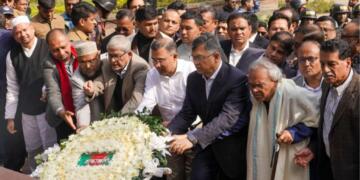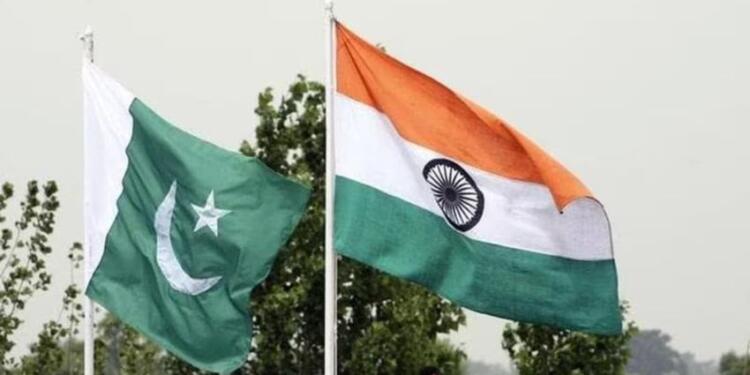On January 1, 2025, India and Pakistan continued their annual tradition of exchanging lists of nuclear installations under a bilateral agreement, a tradition going back decades. The exchange forms part of the Agreement on the Prohibition of Attack against Nuclear Installations and Facilities, to which both nations are signatories, to dissuade the other from launching attacks on each other’s nuclear assets.
According to the agreement’s provisions, which state that both countries should inform each other about their nuclear installations on the first day of every calendar year, the lists were shared.
This is the 34th successive exchange of lists of nuclear facilities since the agreement was signed in December 1988. The first exchange occurred on January 1, 1992, and the two nations have since followed through with the agreement, ensuring mutual confidence-building and security in the region. The agreement became effective on 27 January 1991 and is aimed at reducing the chances of accidental or intentional attacks on nuclear facilities and thus promoting peace and stability in the South Asian region.
India and Pakistan today exchanged, through diplomatic channels, simultaneously at New Delhi and Islamabad, the list of Nuclear Installations and facilities, covered under the Agreement on the prohibition of Attack against Nuclear Installation and Facilities between India and… pic.twitter.com/wkYulFxOrg
— IANS (@ians_india) January 1, 2025
The term nuclear installation or facility incorporates nuclear power and research reactors, uranium enrichment plants, fabrication units of fissile or fissile material components, reprocessing facilities, as well as installations holding large or otherwise significant quantities of radioactive materials. Both parties come to know more about each other’s nuclear infrastructure, hence enabling transparency among nations; the likelihood of developing conflict over potential nuclear issues remains minimum.
Historical Origins of the Pact
It was signed on December 31, 1988, by Indian Prime Minister Rajiv Gandhi and Pakistani Prime Minister Benazir Bhutto. The direct impetus for the negotiation of the agreement came from the heightened tensions between the two nations during the 1986-87 Brasstacks military exercise. Conducted by the Indian Army near the Pakistan border, Operation Brasstacks raised alarm in Pakistan, sparking fears of a potential conflict. In response, both countries looked to address the issue of nuclear safety and to prevent the possibility of nuclear escalation in case of future hostilities.
The agreement gives a framework to both nations to share information about their nuclear assets, thereby increasing transparency and reducing the chances of conflict. It is a part of larger confidence-building measures between India and Pakistan.
Disputes and Challenges Between India and Pakistan
Despite the periodic exchange of lists of nuclear facilities, India and Pakistan continue to face several unresolved disputes, especially regarding Islamabad vacating Pakistan-occupied Kashmir, terrorism, and water sharing.
Despite well-established rights, India has not be fully utilising the water it has been allowed to under the Indus Water Treaty, for several decades. However, New Delhi has formally served notice to Islamabad regarding modification in the bilateral water treaty.
State sponsoring of terrorism, under its infamous strategy of bleed India by thousand cuts, by Pakistan remains to be the thorn in the bilateral relationship as New Delhi maintains “terror and talks can’t continue simultaneously”. For improvement on the diplomatic front, the onus is on Pakistan. It has to shun terrorism and permanent hostilities against India and give away on its wishful thinking that it is in their interest to rake the so-called Kashmir issue, sponsor terrorism in the valley and to think that Article 370 will be reinstated in Jammu and Kashmir.































